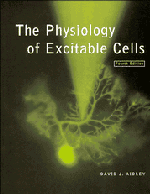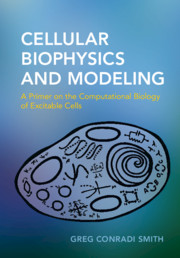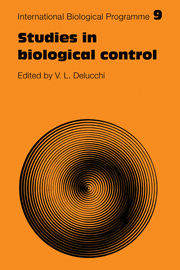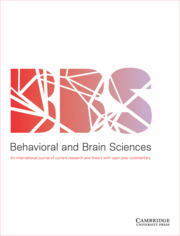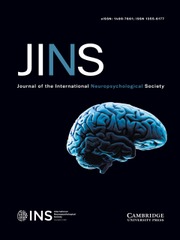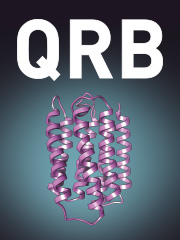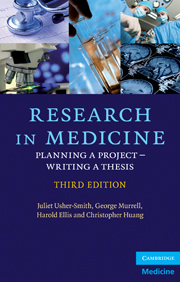Keynes & Aidley's Nerve and Muscle
This well-established and acclaimed textbook introducing the rapidly growing field of nerve and muscle function has been completely revised and updated. Written with undergraduate students in mind, it begins with the fundamental principles demonstrated by the pioneering electrophysiological experiments on cell excitability. This leads to more challenging material recounting recent discoveries from applying modern biochemical, genetic, physiological and biophysical, experimental and mathematical analysis. The resulting interdisciplinary approach conveys a unified contemporary understanding of nerve and skeletal, cardiac and smooth muscle function at the molecular, cellular and systems levels. Emphasis on important strategic experiments throughout clarifies the basis for our current scientific views, highlights the excitement and challenge of biomedical discovery, and suggests directions for future advances. These fundamental ideas are then translated into discussions of related disease conditions and their clinical management. Now including colour illustrations, it is an invaluable text for students of physiology, neuroscience, cell biology and biophysics.
- Extensive revisions throughout include new chapters on skeletal muscle excitation-contraction coupling and cardiac arrhythmogenesis, covering exciting recent advances
- Colour illustrations, new to this edition, include recently clarified structures of key biological molecules and cellular and muscle physiology, explaining major concepts
- Systematic coverage of all major subject areas within the field provides students with comprehensive and self-contained preparation for examinations
Reviews & endorsements
'Huang has taken on the mammoth task of bringing the book up-to-date and has succeeded in maintaining the enthusiastic and eminently readable approach of Keynes and Aidley, who created one of the greatest physiology books covering the crucial areas of nerve and muscle. The fascinating historical perspectives on the discovery of membrane potentials, the transmission of nerve impulses and their molecular basis are essential reading for students of medicine and physiology with a curiosity about scientific methods, and progress.' Michael A. Ferenczi, Imperial College London
'...a beautifully written gem. It is clearly illustrated, and it makes one of the most difficult areas of biology completely accessible. It should find its way onto the bookshelves of electrophysiologists everywhere and any students who aspire to master one of the most exciting areas of modern biology.' Denis Noble, University of Oxford
'This classic textbook on the fundamental biophysics and physiology of nerve and muscle remains an unparalleled source of knowledge that has served the scientific field for decades. Prof. Huang elegantly manages to update this edition with recent findings within this broad field continuing the excellence that characterizes this work.' Thomas Holm Pedersen, University of Aarhus, Denmark
'Professor Christopher Huang has updated and significantly broadened the scope and the translational endpoints of the classical textbook of Integrative and Cell Physiology Keynes & Aidley's Nerve and Muscle. The result is a comprehensive, well planned, logically presented and extensively referenced monograph. Based on the text and supporting figures, it builds on the strengths of the parent textbook while also providing new in-depth coverage of recent advances in neurophysiology as well as skeletal and cardiac muscle electrophysiology and contractility. The internationally recognized research accomplishments of Professor Huang on key cell physiology mechanisms of the heart and skeletal muscle form the basis of very informative material concerning cardiac rhythm disturbances and some aspects of exercise physiology and aging. This textbook will serve as a valuable resource for undergraduates, graduate students, as well as both basic science and clinical faculty members in Life Sciences.' Wayne Giles, University of Calgary, Canada
Product details
November 2020Hardback
9781108495059
324 pages
252 × 192 × 21 mm
0.93kg
24 b/w illus.
Available
Table of Contents
- Preface
- Acknowledgements
- List of abbreviations
- 1. Structural organization of the nervous system
- 2. Resting and action potentials
- 3. Background ionic homeostasis of excitable cells
- 4. Membrane permeability changes during excitation
- 5. Voltage-gated ion channels
- 6. Cable theory and saltatory conduction
- 7. Neuromuscular transmission
- 8. Synaptic transmission in the nervous system
- 9. The mechanism of contraction in skeletal muscle
- 10. The activation of skeletal muscle
- 11. Excitation-contraction coupling in skeletal muscle
- 12. Contractile function in skeletal muscle
- 13. Cardiac muscle
- 14. Ion channel function and cardiac arrhythmogenesis
- 15. Smooth muscle
- Further reading
- References
- Index.


